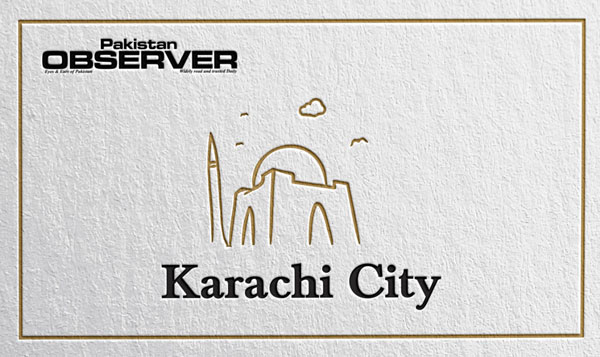Forensic experts have said that there is a shortage of forensic labs and experts in the country and that there is a dire need to fill this shortage as only five forensic labs are available in Pakistan.This was infomred at a two-day workshop titled ‘From Crime Scene to Trial; Mastering Forensic Investigation’ held at Dow International Medical College (DIMC), Ojha Campus in Karachi. This first-ever training workshop on the collection and preservation of forensic samples for accidents and crime investigation was organized by the Department of Forensic Medicine and Toxicology, DIMC. Head of the Department, Professor DrRamlahNaz said that the identity of the victim was very important.
She said: “In some cases, the face of the deceased is not recognized, and the belongings of the deceased, such as a wallet and watch, women are identified through jewelry. If any such thing is not found at the crime scene, the identity is ascertained through a DNA test.”She further said that there are different types of evidence, like direct and indirect, physical and biological, such as fingerprints, footprints etc. She shed light on the ways to find out the identity of the victim and the culprit in various cases.
In this regard, she referred to the forensic research into the physical identity of famous personalities JunaidJamshed and Iranian President Ibrahim Raisi, who died in different aerial accidents. She also referred to the high-profile case of 2022, DuaZehra, and the Zainab murder case of 2018. DrNaz said that when forensic swab is collected and sealed in a plastic bag, it gets destroyed at the moment. It is important that the swab be dried and then preserved, as the DNA gets preserved for years. She further said that this workshop had a special focus on the Sustainable Development Goals (SDGs)-16, which aimed to promote peaceful and inclusive societies for sustainable development, provides access to justice for all, and build effective, accountable, and inclusive institutions at all levels.
She pointed out that in some cases, no suspicion is shown towards the closest person, who turns out to be the real killer, so there is a dire need of training in this regard to overcome such loopholes, to which DSP Saeedabad said that evidence collection practices have improved now and CSI teams go to various accidents, murders, and rape cases sites.
DrNaz suggested that if the DNA and fingerprint data of the inmates in the jails is collected, the crime rate could be significantly reduced as these criminals commit crimes repeatedly. Forensic consultant AfzalHussain shared in-depth information of forensic investigation and evidence collection. He explained techniques to identify, collect, and preserve evidence at the crime scene besides discussing crime scene cordoning and photography. He said that in Pakistan, crime scene photography is done, but for this purpose mobile phones are often used, which raises the biggest problem of photo angle, that where the photographer was and where the objects were at the crime scene and also the result is not very good in terms of forensic investigation. Hussain said that in order to address this issue, it is essential to use the latest cameras for crime scene photography.
“These advanced cameras allow for higher zoom capabilities, enhancing the quality and detail of captured images.” On the second day, the participants performed the methods of collecting forensic samples from the crime scene. The experts pointed out their mistakes and conducted training based on the methods of collecting and preserving forensic samples of different types of crimes. At the end of the workshop, DrJahanAra presented shields to the speakers and certificates to the participants.










